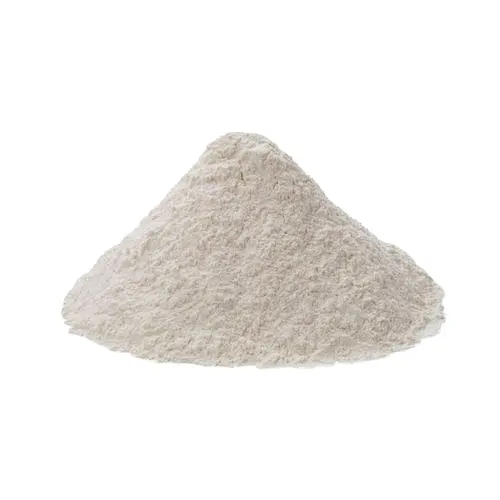
Dec . 11, 2024 12:13 Back to list
pymetrozine uses
The Uses of Pymetrozine A Comprehensive Overview
Pymetrozine is a novel insecticide that has gained prominence in agricultural practices due to its unique mode of action and effectiveness in pest management. This insecticide belongs to the chemical class of pyridine and is particularly noted for its systemic properties, which allow it to be absorbed by plants and consequently provide prolonged protection against various sap-sucking insects.
Mechanism of Action
One of the key features that make pymetrozine advantageous in agricultural settings is its specific mode of action, primarily targeting the nervous system of pests. Pymetrozine works by acting as a feeding inhibitor, effectively disrupting the feeding process of insects such as aphids, whiteflies, and leafhoppers. By blocking the synaptic transmission of signals in the insects, pymetrozine prevents them from feeding on the host plant, leading to their eventual death. This targeted approach significantly reduces damage to crops, making pymetrozine a vital tool in integrated pest management (IPM) strategies.
Target Pests
Pymetrozine is particularly effective against a range of sap-sucking pests that pose significant threats to various crops. Aphids, for instance, are notorious for their rapid reproduction and the ability to spread plant viruses, which can devastate entire crop yields. Whiteflies are another common pest that can cause considerable damage to horticultural and agricultural products. By targeting these insects, pymetrozine plays a crucial role in preserving the health and productivity of crops such as tomatoes, cucumbers, and other vegetables.
Application and Efficacy
The application of pymetrozine is flexible and can be adapted to various farming methods. It can be applied as a foliar treatment, where it adheres to the leaves of the plant, or through soil applications where it is absorbed by the roots. Its systemic nature ensures that the active ingredient is translocated throughout the plant, ensuring long-lasting protection against targeted pests.
pymetrozine uses

Farmers have reported successful outcomes using pymetrozine, with studies demonstrating its efficacy even at low application rates. This feature not only makes it cost-effective for producers but also aids in minimizing the environmental impact typically associated with broader-spectrum insecticides. Furthermore, pymetrozine has a relatively low toxicity profile for non-target organisms, making it a safer choice for beneficial insects such as pollinators when used as directed.
Resistance Management
One of the significant challenges in pest management is the development of resistance among pest populations. Pymetrozine’s unique mode of action is an asset in resistance management strategies. By incorporating pymetrozine into a rotation or combination with other classes of insecticides, farmers can reduce the likelihood of pests developing resistance. This practice ensures that control measures remain effective over time, safeguarding agricultural productivity.
Environmental Impact
As global agricultural practices evolve, the spotlight on sustainable pest management intensifies. Pymetrozine contributes to this movement by minimizing the ecological footprint of pesticide application. Its targeted action means that it does not harm beneficial insects as dramatically as broad-spectrum insecticides. This selectivity allows for the preservation of natural enemies of pests and contributes to healthier agroecosystems.
Conclusion
In summary, pymetrozine serves as a crucial player in modern agriculture, particularly in the realm of pest management. Its effective action against key sap-sucking pests, coupled with its low toxicity to non-target organisms, positions it as a favorable choice for farmers. The flexibility of application methods, along with its role in resistance management, further enhances its utility in integrated pest management programs.
As the agricultural sector continues to face challenges from pests and the growing demand for sustainable practices, pymetrozine stands out as a valuable asset. By understanding and capitalizing on its unique properties, farmers can protect their crops effectively while fostering an environmentally responsible approach to pest control. With ongoing research and development, pymetrozine's role in crop protection will likely expand, contributing to sustainable agricultural practices worldwide.
-
Emamectin Benzoate: AI-Optimized Pest Control Solution
NewsAug.01,2025
-
Best Abamectin 95% | Top Pesticide for Crop Protection
NewsJul.31,2025
-
Insecticide Spirotetramat 11% + Thiacloprid 11% SC at Good Price
NewsJul.30,2025
-
Best Abamectin SDS - Premium Quality & Reliable Safety Data
NewsJul.29,2025
-
Agrochemicals Pesticides Solutions for Sustainable Farming
NewsJul.29,2025
-
High-Quality Tebuconazole Fungicide for Crop Protection at Best Price
NewsJul.29,2025
